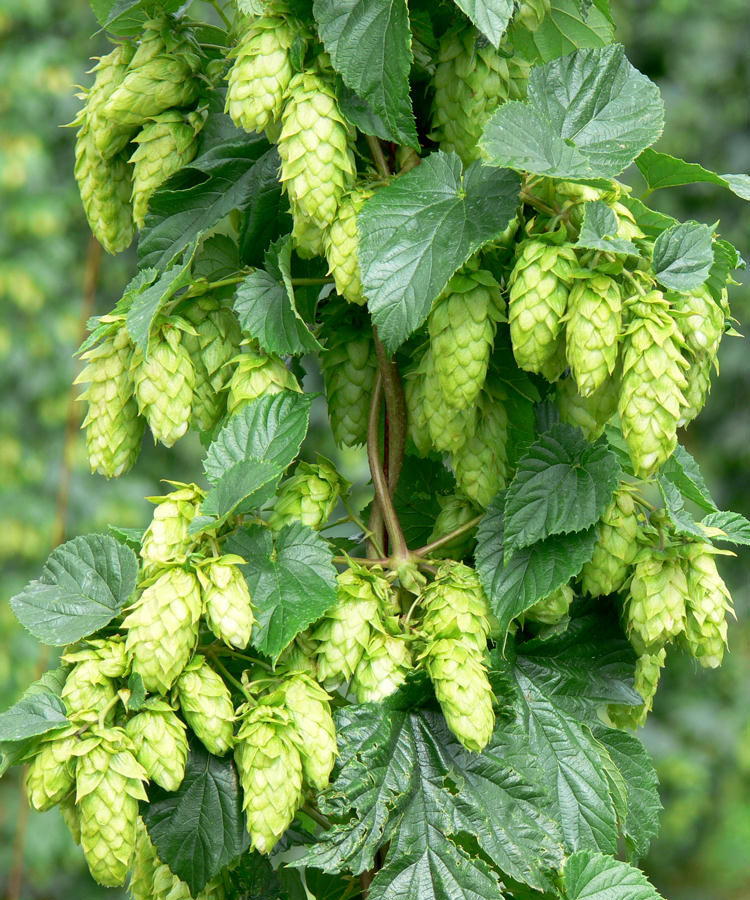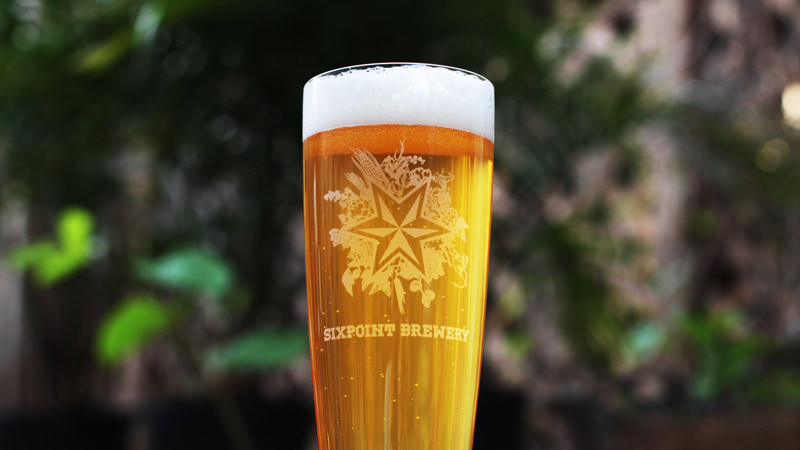
When Sixpoint Brewery of Brooklyn, N.Y. debuted its Alpenflo Helles-style lager this spring, they weren’t seeking to redefine the macro lager, but simply to offer an alternative: an authentic Bavarian Lager with legitimate ingredients, brewed stateside to be as fresh as possible for American audiences.
“It was really important for us to honor the integrity of the ingredients and the process behind the beer,” Eric Bachli, Brewmaster at Sixpoint Brewery, says. “It’s not only to capture the Helles style authentically and without adjuncts, but to make sure the beer is the best representation it can be, and of the highest quality.”
The result is a beer that’s still a brilliant gold color, but that features depth of German malt character, light spicing from noble hops, and a smooth, clean finish.
No ‘Hop Sausage’
https://www.instagram.com/p/BoHBAuRh4Ka/
According to Bachli, 80 percent of the hops used in Sixpoint beers come directly from farms, and of those, all of the German hops they use come directly from multi-generational family owned farms in Bavaria. Alpenflo uses Tettnanger from Hopfengut Farm in Tettnang Germany, a popular hop for lagers and pilsners due to its light herbal and spiced quality.
Sixpoint founder Shane Welch is “a huge proponent” of working directly with farmers rather than third-party vendors, Bachli says.
“Ingredient sourcing is fundamental to the quality of the finish beer. Working directly with Hopfengut Farms in Germany allows us to select the highest quality hops—hops that fit our vision for the beer and the experience we wish to pass on to the consumer. We know exactly what we’re getting-because we’re working with the farmers and hand-selecting the hops.”
Hops, like wine grapes, have terroir. The aromatic oils that are the key to hop flavor and aroma varies from plot to plot, based on soil quality, sun exposure, and annual rainfall.
Harvest time can also affect flavor. Hops like Simcoe, for example, can add juicy stone fruit qualities if harvested early. If they’re harvested late, however, they can impart sulfuric and onion-like flavors.
Having a tight brewer-farmer relationship is especially important when sourcing German hops. According to Bachli, American brewers often get stuck with lower-quality hops after German brewers have had the first pick.
The brewery has coined this second-rate hop lot as “hop sausage”—a mixture of hops from various places that can vary in potency and quality.
Bavarian Barley
The modern American craft scene is dominated by IPAs, so hops are on the tip of everyone’s tongue. The malt contribution—and how malt works with hops to create an overall impression—is often misunderstood. In Helles, there’s no room for confusion: the malt is the star of the show. In Alpenflo, the 100 percent two-row Bavarian barley malt is key to its bready and lightly sweet flavors and aromas when balanced harmoniously with the subtly spicy hops.
The robust protein structures in two-row barley also gives the final product a soft, fluffy head, atop the beer, and is best enjoyed in a 20-ounce pint glass. “If you look at a lot of the major lagers brewed today, oftentimes [those brands] add rice or corn. That lower protein grain does not support the beautiful stable head you get in a classic German Helles,” Bachli says.
Quality ingredients are nothing without the right processes and technique to bring them together. For example, lager yeast ferments cold at the bottom of the fermentation tank, so Alpenflo is fermented in horizontal lagering tanks that minimize pressure and stress on the yeast in order to provide a clean fermentation. “We call that the scuba diver effect,” says Mikey Lenane, Formulation Specialist at Sixpoint. “If you’ve ever gone deep-sea diving, or even gone off a high-dive, you understand the effects of hydrostatic pressure. Not pleasant!”
We’ve talked about the ingredients and process, but according to Bachli, it’s really a more holistic experience: “whenever you’re designing a beer it’s the sum of all its parts,” Bachli says. “You have to carefully select the ingredients. What malt we pick, what yeast we use, who we work with and the hops we get are critical for us.” That dedication shines through in the beer and the glass.
This article is sponsored by Sixpoint.

